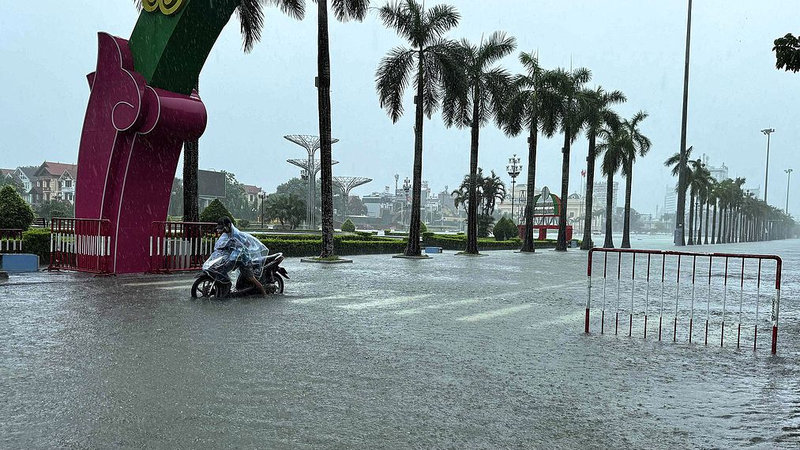Typhoon Wipha, the sixth major storm of the year, swept across central Vietnam this week, dumping record rainfall in provinces like Nghe An and Thanh Hoa. With floodwaters surging up to 2 meters in some neighborhoods, local authorities have sounded alarms over flash floods and landslides in nearby hills.
Quick Facts at a Glance
- Fatalities: 1 confirmed death, 1 injured in Nghe An
- Homes Affected: Roofs torn off 7 houses
- Agriculture Hit: Over 8,000 hectares of rice fields submerged
- Landslide Sites: 8 in Thanh Hoa, displacing 20,000+ m³ of earth
Communities along the coast found themselves navigating submerged streets, with floodwaters transforming markets into canals. The storm's force battered roofs, washed away crops, and left thousands scrambling for dry ground.
Rising Risks & Resilience
Central Vietnam experiences seasonal monsoon rains, but Wipha’s intensity has underscored growing vulnerabilities in the region. Mountainous areas, already prone to sudden landslides, were the hardest hit. Travel routes and supply lines face potential disruption, prompting calls for enhanced early warning systems and community preparedness programs.
What’s Next?
By Wednesday, Wipha had weakened into a tropical depression, drifting west-southwest. Still, experts warn that residual rainfall could prolong flooding. For global travelers eyeing Vietnam’s cultural hubs, checking local weather updates will be crucial in the coming days.
As recovery efforts ramp up, residents and authorities alike are bracing for the lasting impact on homes, farms, and infrastructure. The challenge now is twofold: managing immediate recovery and building resilience against an increasingly volatile weather pattern.
Reference(s):
cgtn.com



